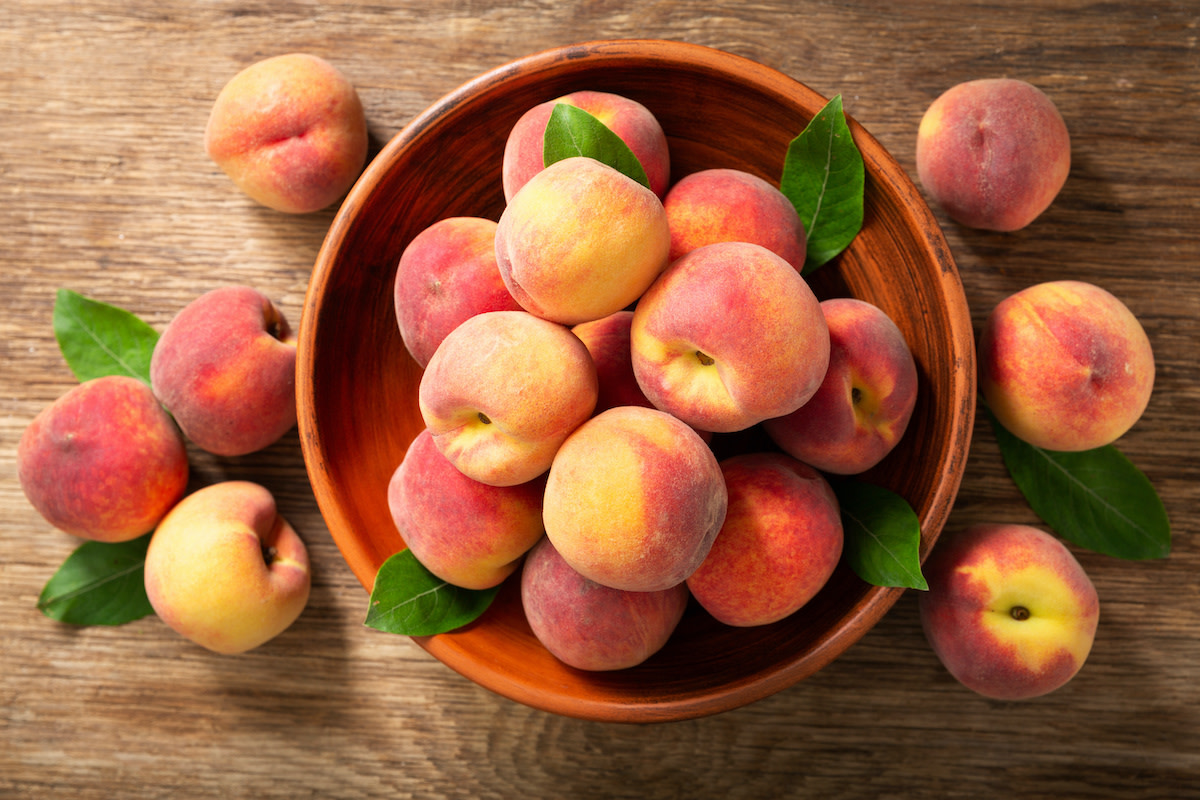

Articles
How To Store Peaches To Ripen
Modified: February 24, 2024
Discover expert tips on how to store peaches for optimal ripening in this informative article. Learn the best techniques to ensure your peaches become perfectly juicy and sweet.
(Many of the links in this article redirect to a specific reviewed product. Your purchase of these products through affiliate links helps to generate commission for Storables.com, at no extra cost. Learn more)
Introduction
Welcome to this guide on how to store peaches to ripen! If you are a fruit lover, you probably know that peaches are best enjoyed when they are perfectly ripe. The juiciness, sweetness, and aroma of a ripe peach is truly irresistible. However, buying unripe peaches and waiting for them to ripen can be a bit of a challenge.
Have you ever bought peaches that were hard and tasteless, only to have them become overripe and mushy before you could enjoy them? Don’t worry, you’re not alone. The good news is that there are several methods you can use to store peaches and encourage them to ripen at the right pace.
In this article, we will explore the different techniques and factors to consider when it comes to storing peaches for optimal ripeness. Whether you have picked up some firm peaches from the market or harvested them from your own orchard, these tips will help you enjoy perfectly ripe peaches whenever you desire.
Before we dive into the details, let’s take a closer look at the ripening process of peaches.
Key Takeaways:
- Enjoy perfectly ripe peaches by understanding the ripening process, choosing the right ones, and using methods like paper bags or ripening bowls. Accelerate ripening with ripe fruits or gentle heat sources.
- Embrace the art of ripening peaches to perfection, whether through natural methods or accelerated techniques. Monitor their progress and savor the delightful experience of enjoying nature’s juicy treasure.
Read more: How To Store Peaches
Understanding the Ripening Process of Peaches
Before we learn how to properly store peaches to ripen, it’s important to understand the natural ripening process that occurs in these delightful fruits.
Peaches, like many other fruits, continue to ripen after they are harvested. This ripening process is driven by the release of a plant hormone called ethylene. Ethylene is responsible for triggering fruit ripening and softening by breaking down cell walls and converting starches into sugars.
When peaches are picked, they are often still firm and have a lower sugar content. As they ripen, the starches in the fruit are converted to sugars, resulting in a sweeter and juicier peach. The texture of the fruit also changes, becoming softer and more delicate.
Understanding the ripening process is crucial because it helps us determine how and when to store peaches for optimal ripeness. By manipulating the storage conditions, we can speed up or slow down the ripening process as needed.
Now that we have an understanding of how peaches ripen, let’s delve into choosing the right peaches for ripening.
Choosing the Right Peaches for Ripening
When it comes to storing peaches to ripen, selecting the right ones is essential. Here are a few tips to help you choose the best peaches for ripening:
- Look for slightly firm peaches: Avoid peaches that are too hard or too soft. Look for peaches that have a slight give when gently squeezed. These peaches are in the early stages of ripening and will continue to become juicier and sweeter.
- Inspect the skin: Choose peaches with smooth, unblemished skin. Avoid peaches with bruises or signs of mold.
- Check the color: Look for peaches with vibrant, uniform color. Depending on the variety, this can range from shades of yellow to red. Avoid peaches with green undertones as they are not fully ripe.
- Smell the peach: Take a whiff of the peach. Ripe peaches have a fragrant, sweet aroma. If the peach has no smell or smells sour, it may not be ripe yet.
By selecting peaches that are at the right stage of ripeness, you increase the chances of successful ripening during the storage process.
Now that we know how to choose the right peaches, let’s move on to determining the ideal stage of ripeness.
Determining the Ideal Stage of Ripeness
To store peaches and ensure optimal ripeness, it’s important to determine the ideal stage of ripeness. This will help you gauge how long to store the peaches and when they are ready to be enjoyed. Here are a few indicators to help you determine the ideal stage of ripeness:
- Firmness: Gently press the peach with your fingertips. It should give slightly but still have some firmness. If it feels too soft, the peach may be overripe.
- Color: Look for peaches that have a vibrant color and have lost their green undertones. Depending on the variety, this can range from yellow to red hues.
- Aroma: Take a whiff of the peach near the stem area. Ripe peaches have a sweet, fragrant aroma. The stronger the smell, the riper the peach.
- Taste: If you’re unsure about the ripeness, take a small bite. Ripe peaches should be juicy, sweet, and have a full flavor. If it’s still too tart or lacks sweetness, it may need more time to ripen.
Every individual’s preference for ripeness may differ slightly, so it’s important to find the stage that suits your taste. Keep in mind that peaches will continue to ripen after being stored, so it’s better to err on the side of slightly underripe rather than overripe.
Now that you know how to determine the ideal stage of ripeness, let’s move on to preparing peaches for storage.
Preparing Peaches for Storage
Before storing peaches, it’s important to properly prepare them to ensure optimal ripening. Here are the steps to follow:
- Gently handle the peaches: Peaches can bruise easily, so handle them with care to avoid any unnecessary damage.
- Wash the peaches: Rinse the peaches under cool water to remove any dirt or residue. Pat them dry with a clean towel.
- Remove any stems or leaves: Check each peach and remove any attached stems or leaves. This will prevent them from puncturing other peaches or causing bruising.
- Sort and discard damaged peaches: Inspect each peach closely and remove any that are bruised, moldy, or overly ripe. These peaches can spoil and affect the ripening process of the others.
By preparing the peaches before storage, you ensure that they are clean and free from any potential contaminants. It also allows you to remove any damaged fruits that could spoil the batch.
Now that the peaches are prepared, it’s time to explore the different methods of storing peaches for ripening.
Read more: How To Store Ripe Peaches
Storing Peaches at Room Temperature
If you want to ripen your peaches naturally without any external assistance, storing them at room temperature is a simple and effective method. Here’s how to do it:
- Select a cool, well-ventilated area: Find a location in your home that is relatively cool and has good air circulation.
- Avoid direct sunlight: Keep the peaches away from direct sunlight as it can cause them to ripen unevenly or even spoil.
- Spread them out: Place the peaches in a single layer, making sure they have some space between them. This prevents them from getting squished or bruised.
- Check daily: Check on the peaches daily to monitor their ripening progress. Depending on their initial stage of ripeness, they may take anywhere from a few days to a week to ripen at room temperature.
Storing peaches at room temperature allows them to ripen gradually and develop their full flavor. This method is perfect if you have slightly underripe peaches and can wait a few days for them to soften and sweeten.
Now, let’s explore another method of storing peaches for ripening – using a paper bag.
Store peaches at room temperature in a paper bag to ripen. Check daily and once ripe, refrigerate to slow down the ripening process and enjoy within a few days.
Storing Peaches in a Paper Bag
Using a paper bag is a popular method for ripening peaches quickly and evenly. The paper bag creates a controlled environment that traps the ethylene gas produced by the peaches, allowing them to ripen faster. Here’s how to store peaches in a paper bag:
- Select ripe peaches: Choose peaches that are slightly underripe but have reached a stage where they are showing signs of softening.
- Place peaches in a paper bag: Put the peaches in a paper bag in a single layer. If you have a large quantity, you can use multiple bags, making sure not to overcrowd them.
- Close the bag: Fold the top of the bag over and gently close it, leaving some room for air circulation.
- Store in a warm spot: Keep the bag of peaches in a warm area, away from direct sunlight. The warmth will help accelerate the ripening process.
- Check on the peaches: Check the peaches daily to monitor their ripening progress. Depending on their initial stage of ripeness, they may ripen within a few days to a week.
The paper bag method is effective because it allows the ethylene gas to concentrate around the peaches, speeding up the ripening process. However, it’s important to keep a close eye on them to avoid overripening or spoilage.
Now, let’s explore another method of storing peaches for ripening – using a ripening bowl.
Storing Peaches in a Ripening Bowl
If you prefer a more stylish and visually appealing option for ripening your peaches, using a ripening bowl is a great choice. This method combines aesthetics with functionality, creating an ideal environment for ripening peaches. Here’s how to store peaches in a ripening bowl:
- Select a suitable bowl: Choose a bowl that is large enough to hold your peaches without overcrowding them. Opt for a bowl with good ventilation, such as one with holes or slits.
- Arrange the peaches: Place the peaches in the ripening bowl in a single layer, making sure they are not touching each other. This allows for better air circulation and helps prevent bruising.
- Place a breathable cover: To enhance ripening, you can cover the ripening bowl with a breathable material, such as a clean kitchen towel or cheesecloth. This will help trap some of the ethylene gas released by the peaches.
- Store in a cool spot: Find a cool location in your home, away from direct sunlight and heat sources, to place the ripening bowl. This will help maintain the quality and flavor of the peaches.
- Check regularly: Monitor the peaches regularly to keep track of their ripening progress. Depending on their initial stage of ripeness, they may ripen within a few days to a week.
The ripening bowl method not only allows for proper ripening but also serves as a beautiful centerpiece or kitchen decor. It’s a great option for those who want to add a touch of style to their ripening process.
Now that we have explored different methods of storing peaches for ripening, let’s move on to checking the ripeness of stored peaches.
Checking the Ripeness of Stored Peaches
Once you have stored your peaches using one of the methods mentioned earlier, it’s important to check their ripeness to ensure they are ready to be enjoyed. Here are a few ways to check the ripeness of stored peaches:
- Gentle squeeze: Give the peach a gentle squeeze with your fingertips. If it yields slightly and feels soft but not mushy, it is likely ripe and ready to eat.
- Color: Look at the color of the peach. It should be vibrant, with no green undertones. The overall color will depend on the variety, ranging from yellow to red hues.
- Aroma: Take a sniff near the stem area of the peach. Ripe peaches have a fragrant, sweet aroma. If it smells pleasing and inviting, it indicates ripeness.
- Taste test: If you’re still unsure about the ripeness, take a small bite. Ripe peaches will be juicy, sweet, and have a rich flavor. If it lacks sweetness or is too tart, it may need more time to ripen.
Remember, the ripening process is subjective, and the level of ripeness that you prefer may differ from others. It’s important to find the stage of ripeness that suits your taste and culinary needs.
Now, let’s explore how to accelerate the ripening process of peaches if you’re in a hurry.
Read more: How To Store White Peaches
Accelerating the Ripening Process
If you’re eager to enjoy your peaches sooner rather than later, there are some techniques you can use to accelerate the ripening process. Here are a few methods to help speed up the ripening of peaches:
- Use a ripe fruit: Place a ripe fruit like a banana, apple, or pear alongside the peaches. These fruits naturally release ethylene gas, which will help hasten the ripening process of the peaches.
- Enclose in a paper bag: Put the peaches in a paper bag, along with a ripe fruit as mentioned above. Close the bag and keep it in a warm area. The concentrated ethylene gas will speed up the ripening of the peaches.
- Place near a heat source: Keep the peaches near a gentle heat source, such as a windowsill or the top of the refrigerator. The warmth will expedite the ripening process.
- Microwave method: This method is a last resort and should be used with caution. Place the peaches in a microwave-safe dish and heat them in short bursts of 10-15 seconds until they soften. However, be careful not to overheat the peaches, as they can become mushy or unevenly ripen.
By utilizing these methods, you can accelerate the ripening process and enjoy your peaches in a shorter amount of time. Nevertheless, it’s important to monitor the progress closely to prevent overripening or spoilage.
Now that we have covered techniques to accelerate the ripening process, let’s wrap up our guide on storing peaches to ripen.
Conclusion
Storing peaches to ripen is a simple yet rewarding process that allows you to enjoy the juiciness and sweetness of perfectly ripened peaches. By understanding the ripening process of peaches, choosing the right ones, and determining the ideal stage of ripeness, you can ensure a successful ripening outcome.
Whether you prefer to store peaches at room temperature, in a paper bag, or in a ripening bowl, each method offers its own advantages and allows you to tailor the ripening process to your preference. Checking the ripeness through gentle squeezes, color examination, aroma assessment, and taste tests helps you gauge when the peaches are ready to be enjoyed.
If you’re in a hurry to enjoy your peaches, you can accelerate the ripening process by using ripe fruits, enclosing them in a paper bag, placing them near a heat source, or utilizing the microwave method as a last resort.
Remember to handle the peaches with care, sort and discard any damaged ones, and monitor their progress regularly to avoid overripening or spoilage.
With these tips and techniques, you can store and ripen peaches to perfection, adding a burst of flavor to your recipes, desserts, or enjoying them as a refreshing snack.
So go ahead, embrace the art of ripening peaches, and indulge in the delightful experience of enjoying nature’s juicy treasure.
Frequently Asked Questions about How To Store Peaches To Ripen
Was this page helpful?
At Storables.com, we guarantee accurate and reliable information. Our content, validated by Expert Board Contributors, is crafted following stringent Editorial Policies. We're committed to providing you with well-researched, expert-backed insights for all your informational needs.
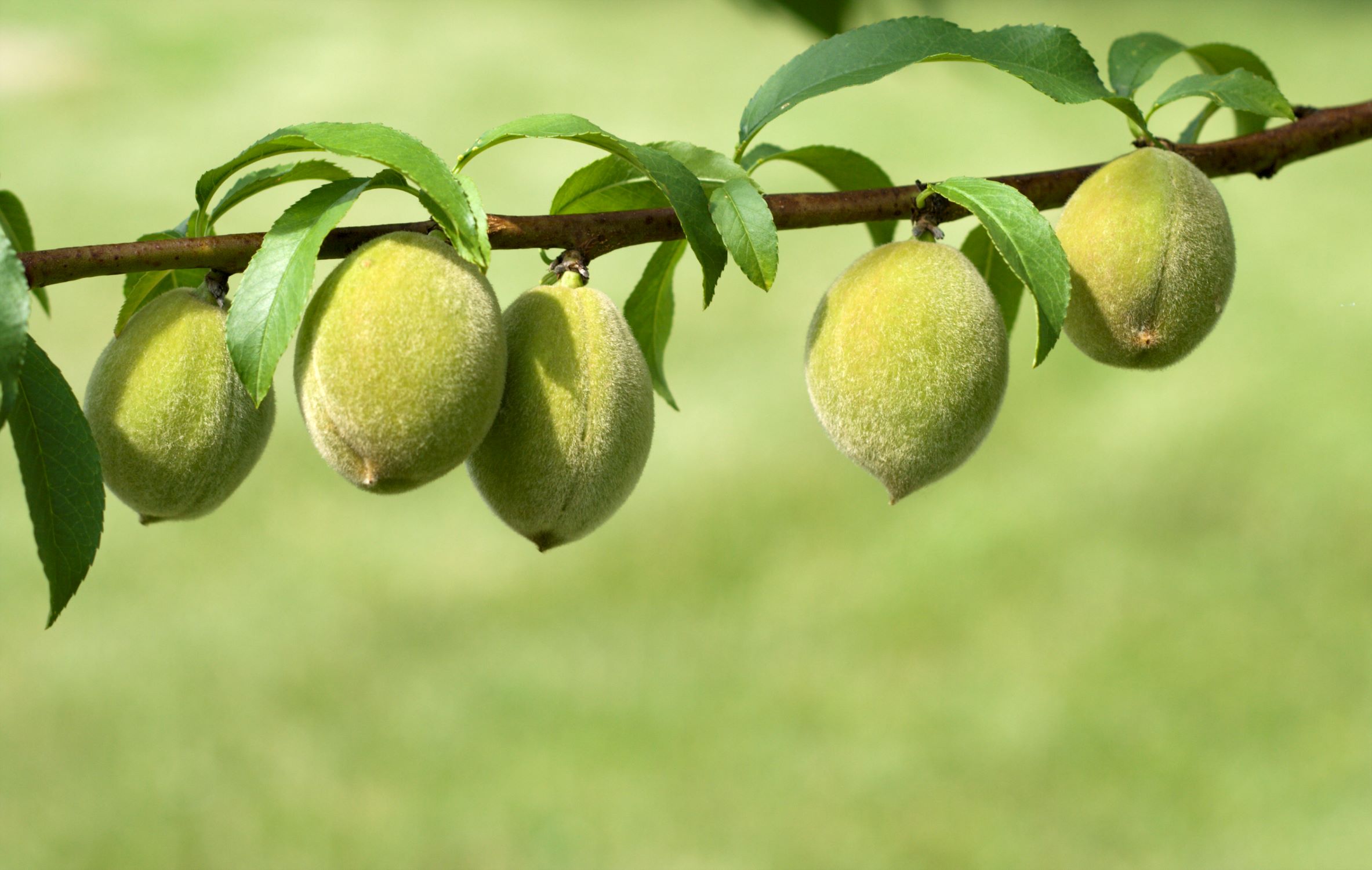
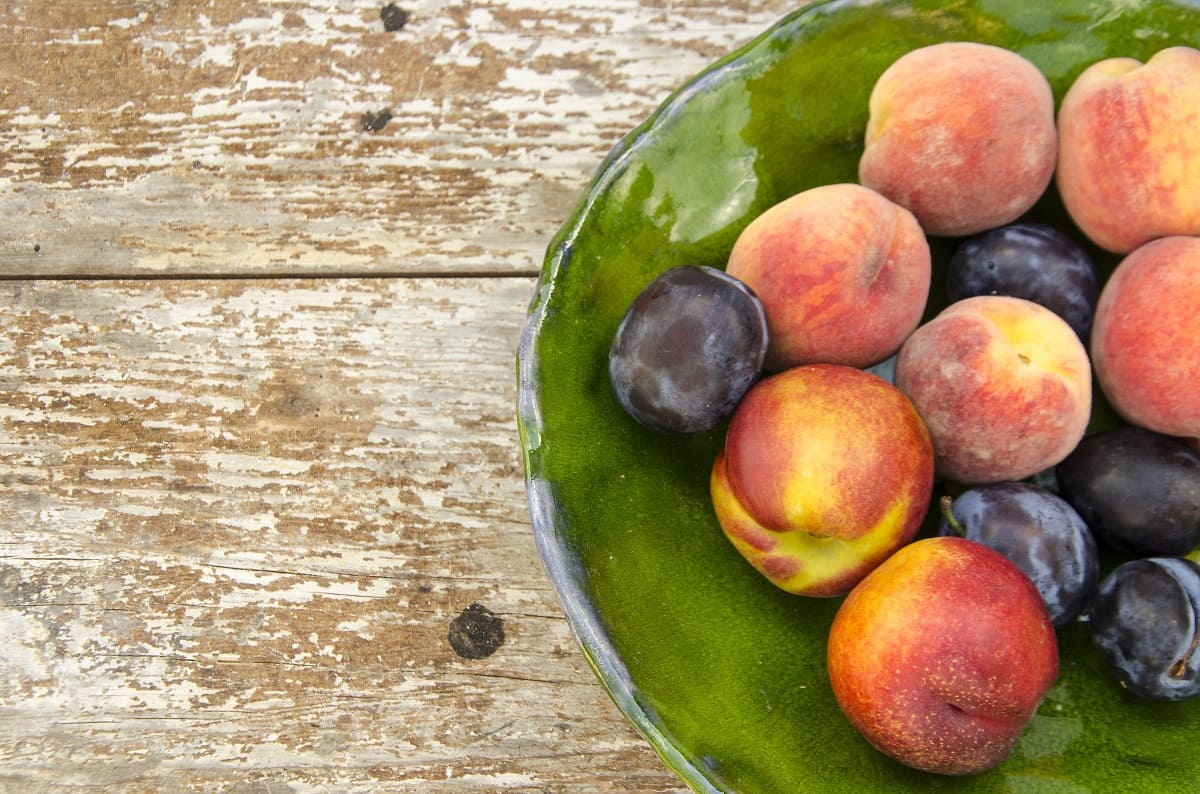
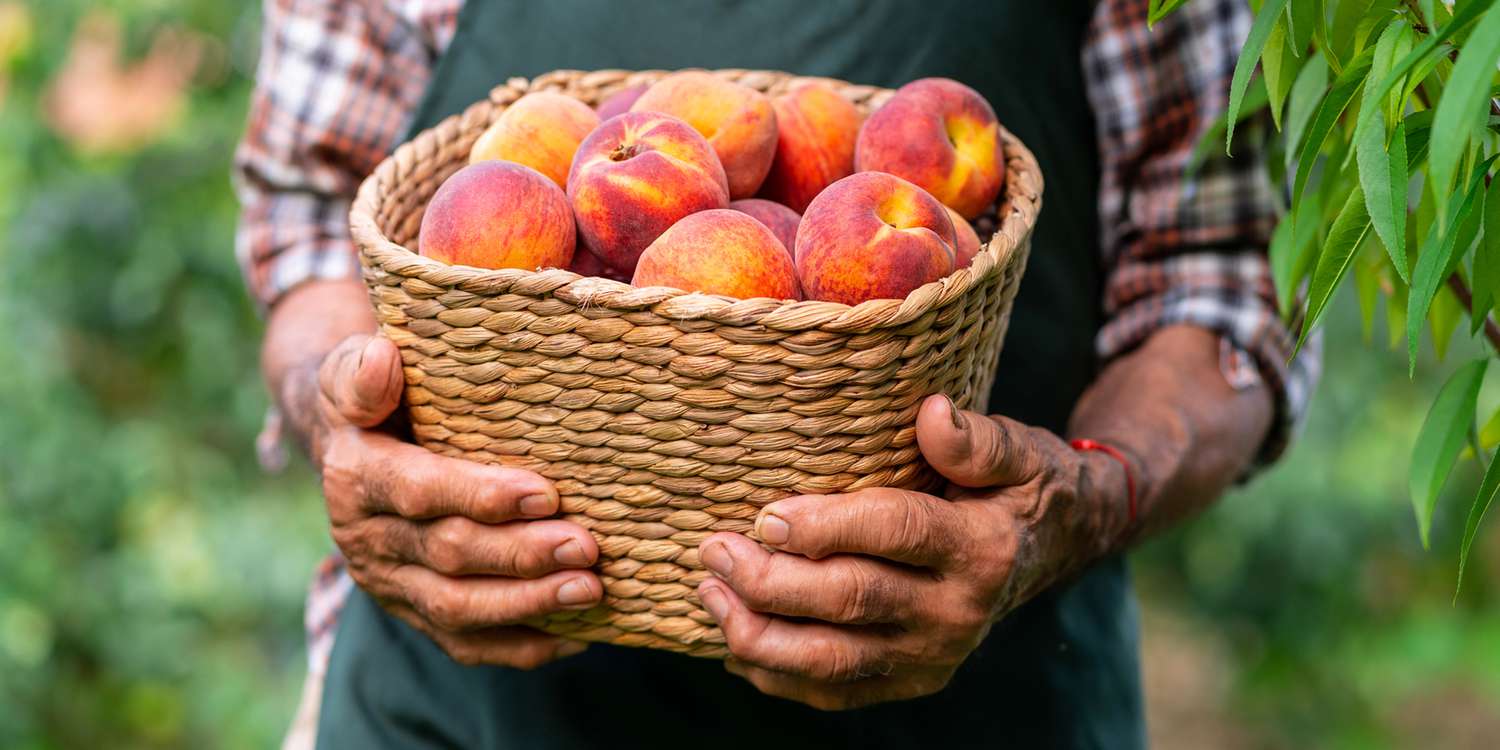
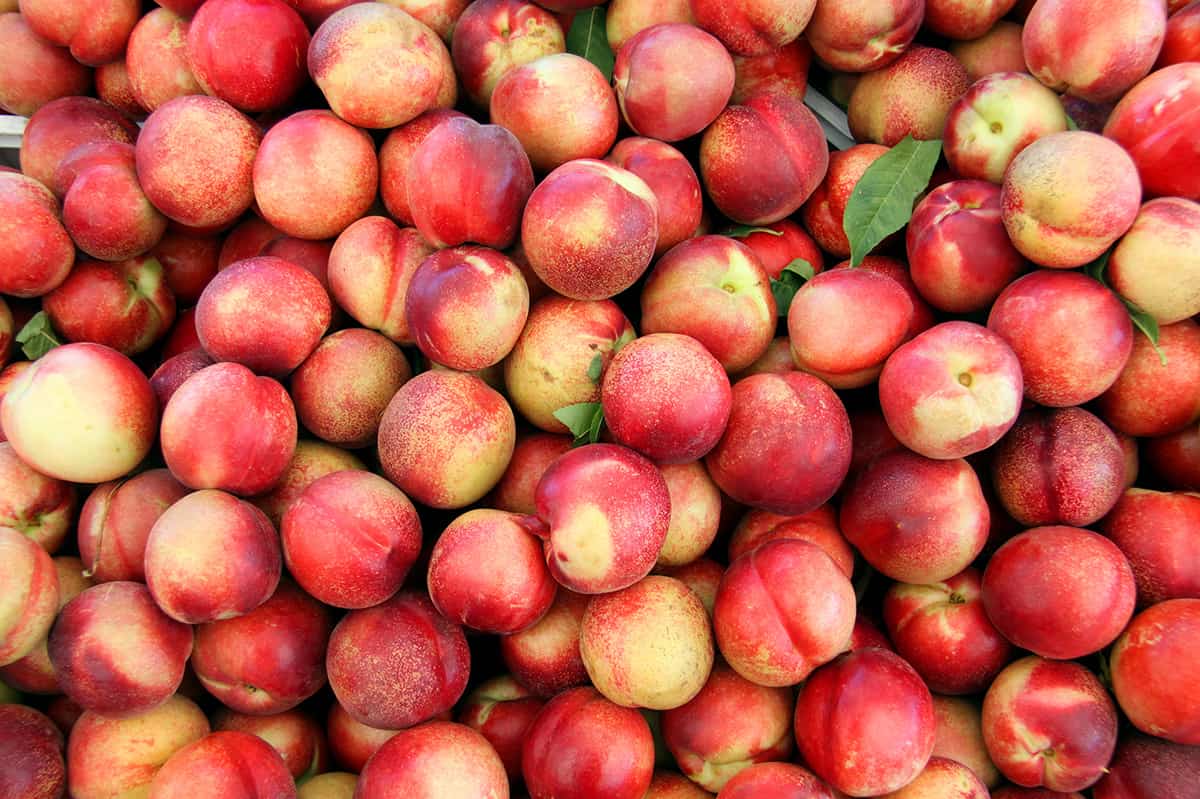
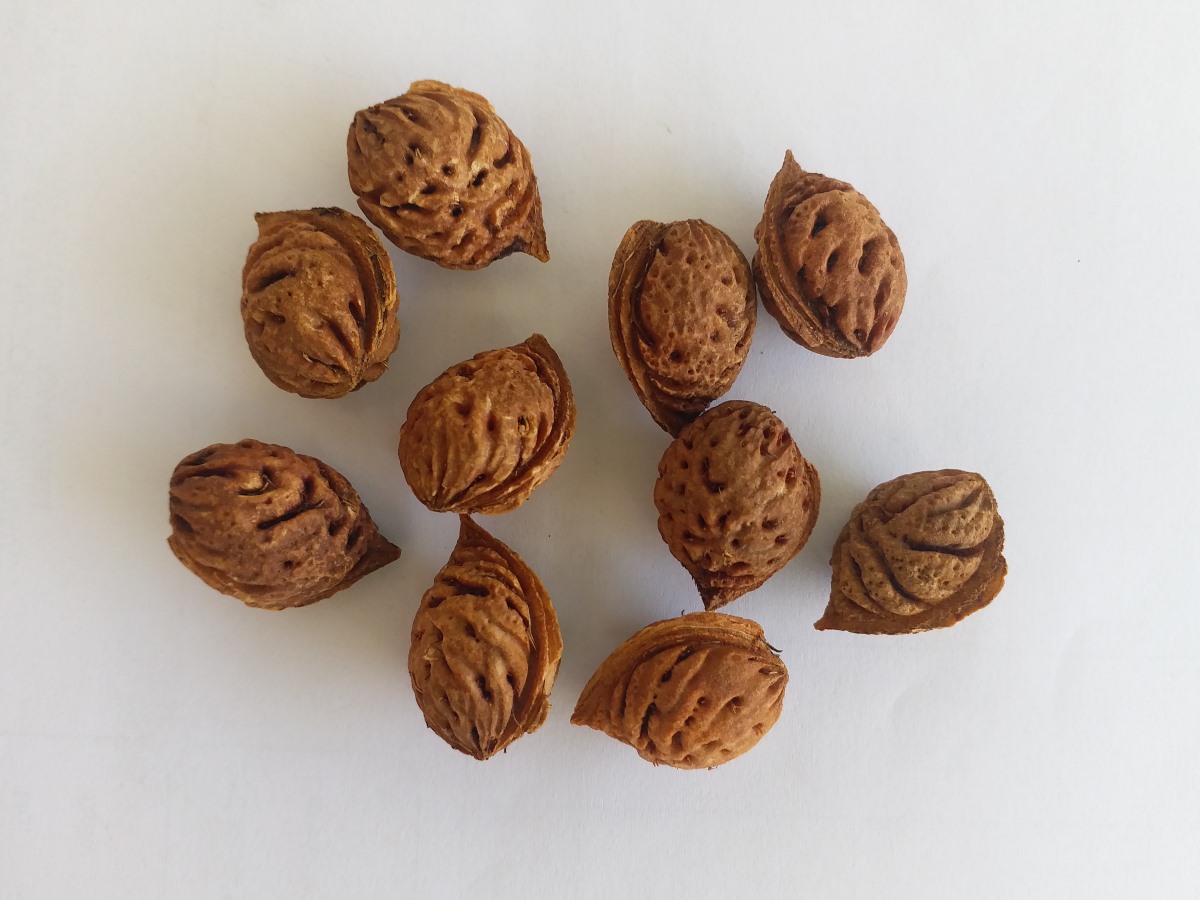
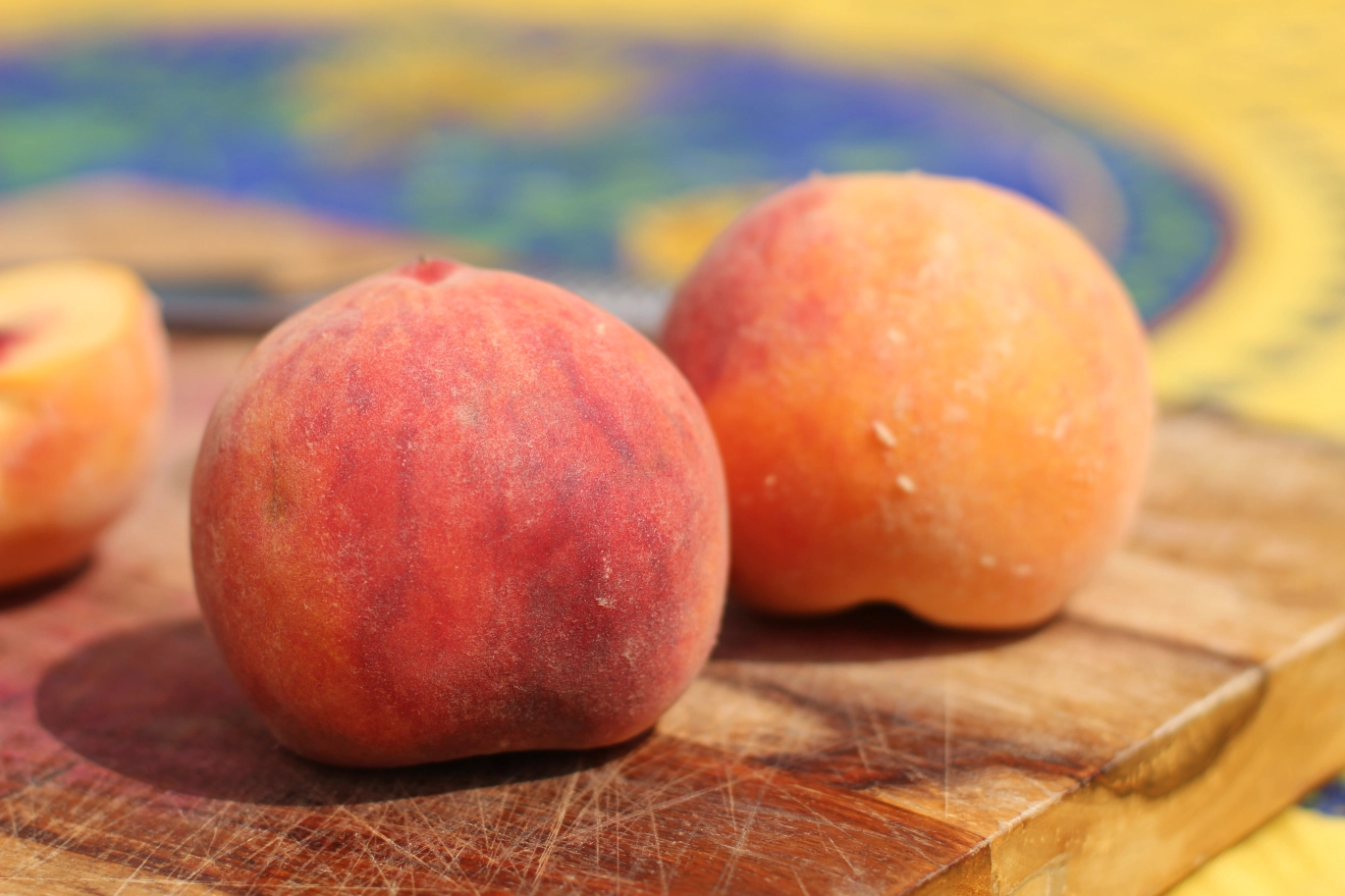
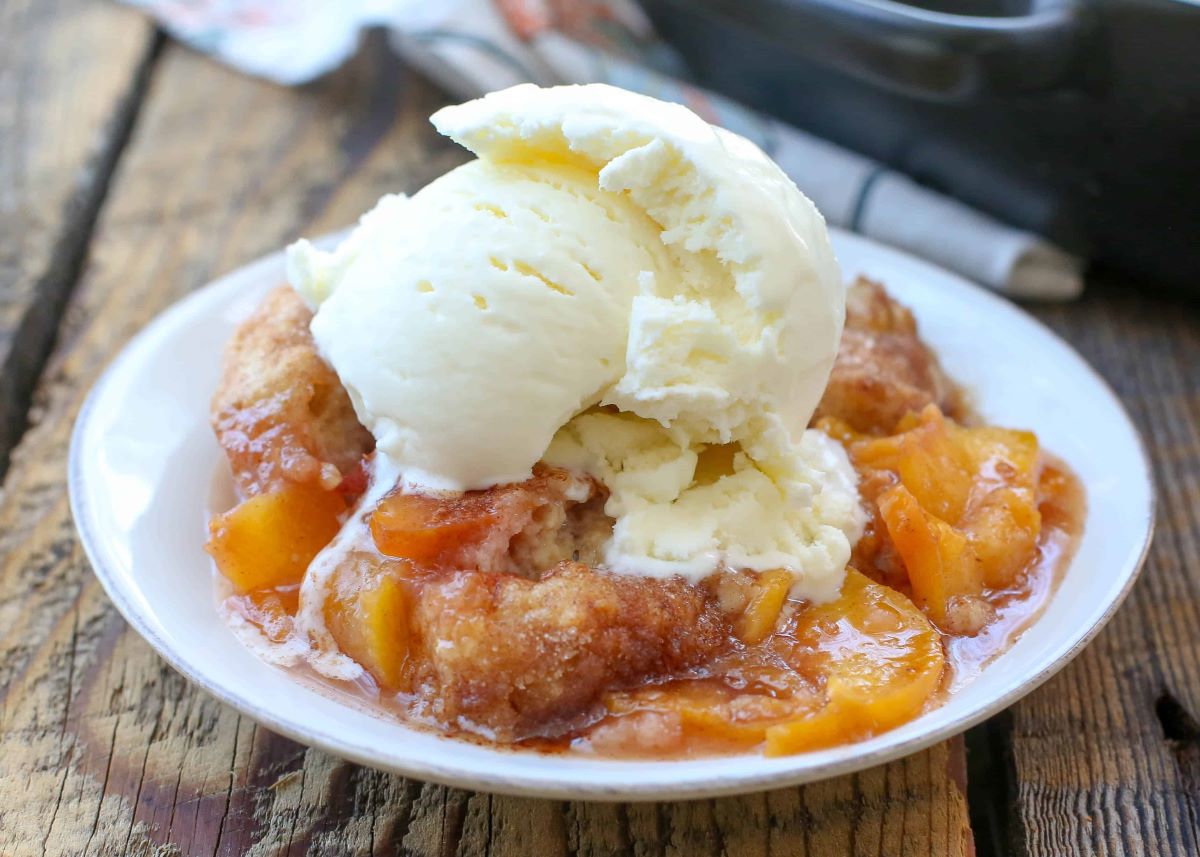
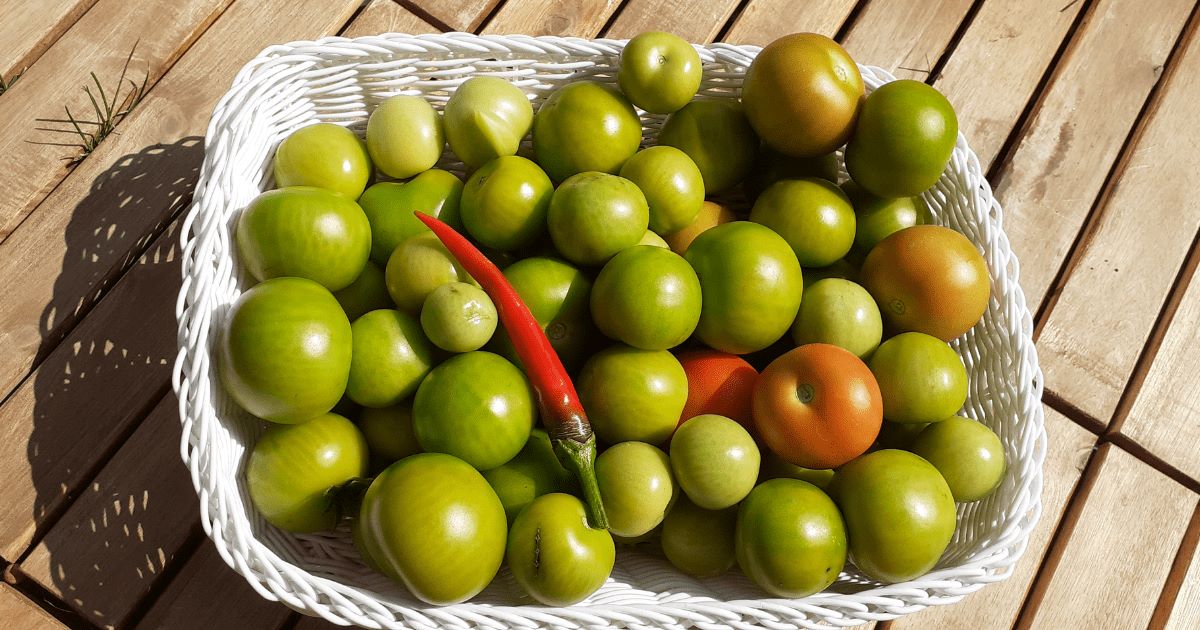

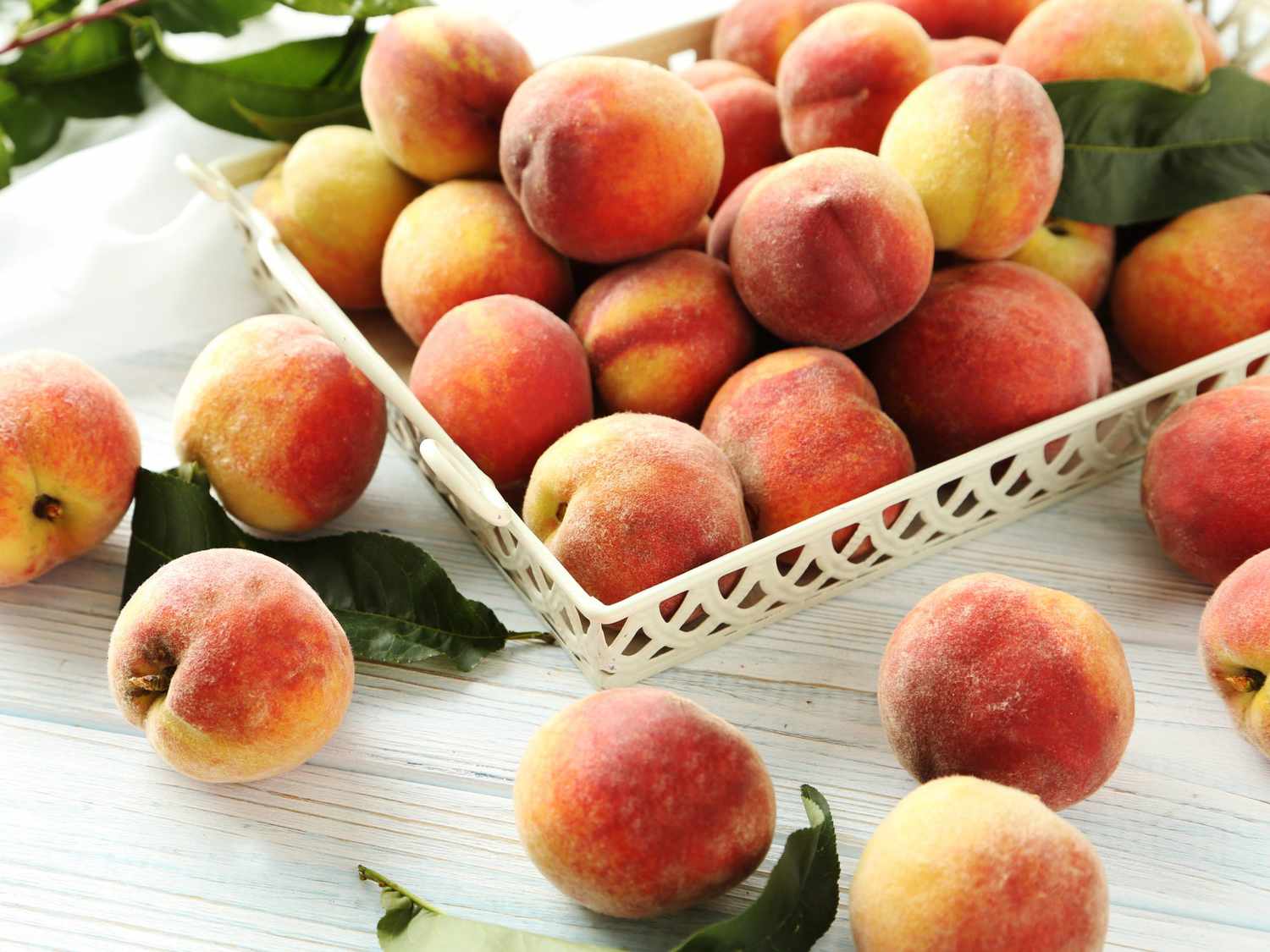
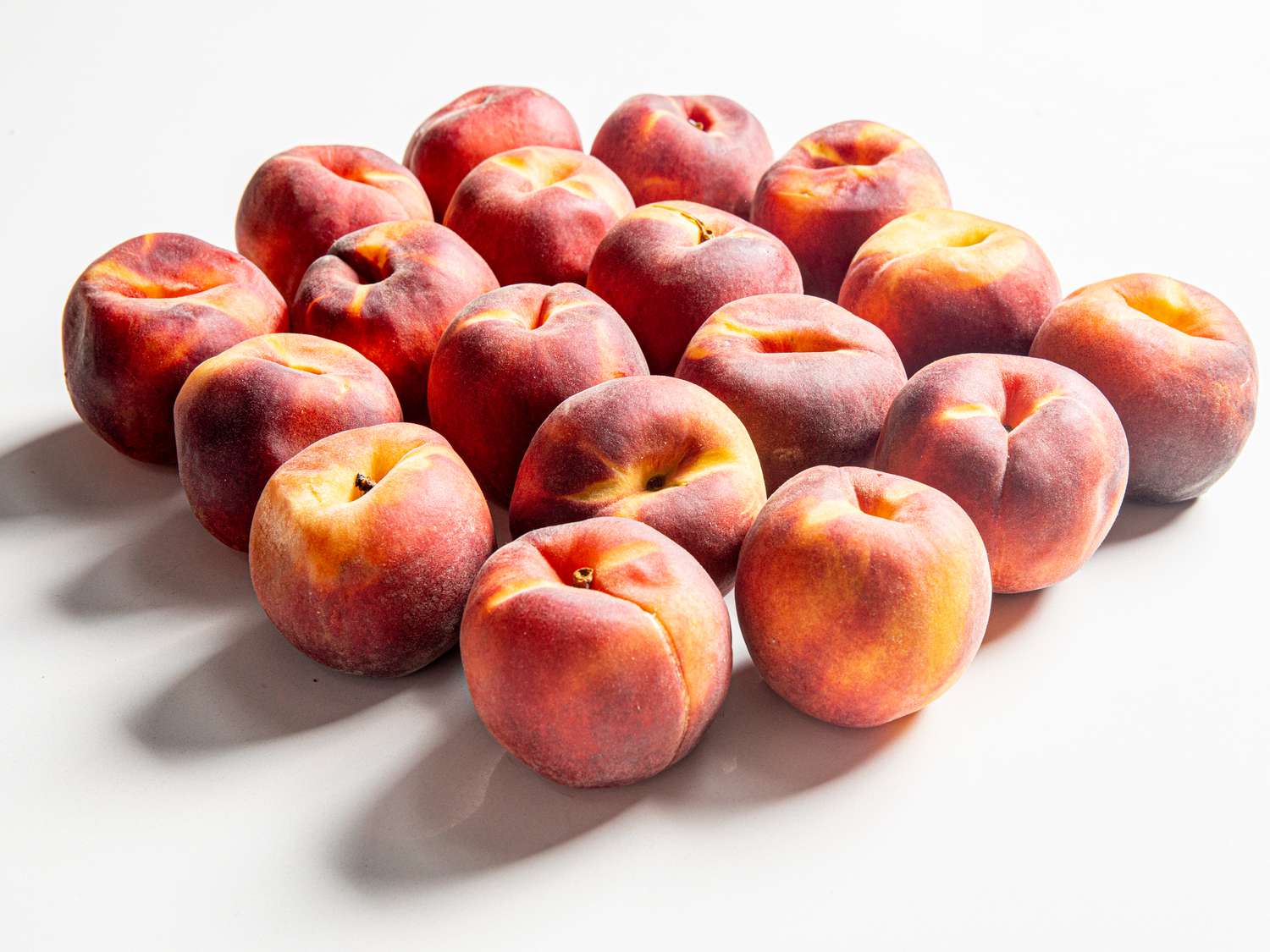



0 thoughts on “How To Store Peaches To Ripen”